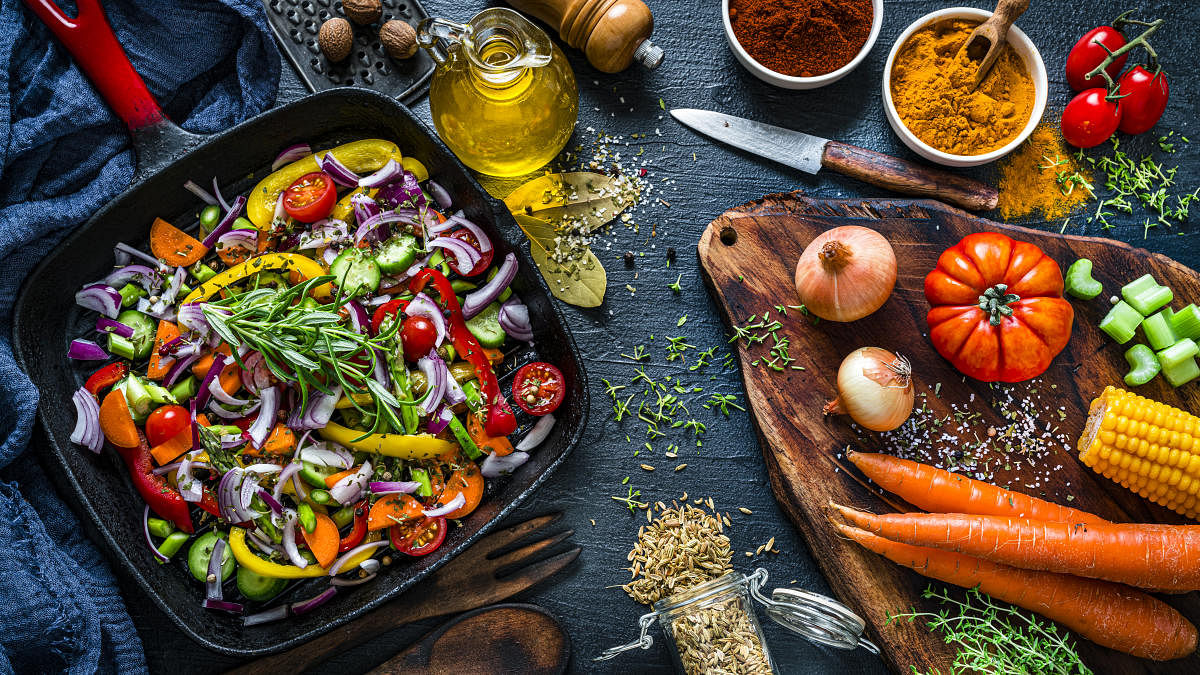
There can be no magic pots, but the pots and pans one uses in the kitchen do matter. Most people use only a few vessels in their kitchen but it’s always good to have a functional and seasoned set to keep the flame alive.
Skimping on vessels is definitely a big no-no. And so also is stocking up on thin-gauged pans. Unless of course, you’re up for burnt food because that’s quite a possibility! In case the flame is high and you’re not watchful, the food won’t be palatable anymore. The solution for that is to buy vessels that have a heavy bottom or a tri-ply base. What happens with heavy-bottomed vessels is that there is better heat distribution.
Having said that, it is worth trying professional restaurant cookware at home as they are built to take the rigours of a commercial kitchen — they will last a lifetime in the domestic environment as they are indeed built to last! Sure, they are more expensive than cookware built for domestic use. But having a few basic pots and pans from the professional range would ensure that cooking can be done tension-free and without the fear of burning anything very easily.
Cooking restaurant-style has gained favour during the pandemic making cast iron cookware the new favourite. Nowadays, a lot of pre-seasoned and coated cast iron cookware is available in the market and on e-commerce portals. The advantage of non-coated cast iron cookware is that a tiny bit of iron leaches onto the food and gets into the body. This is supposed to be good for the body.
Cooking with cast iron is not as tough as we may think. Initially, it may not be very non-stick and will need a bit of extra oil or butter to make sure foods like dosas and omelettes do not stick. But once a layer has formed on the tawa, it is as good as a non-stick. After all, in the good old days, it was just plain iron or cast iron that was used.
Talking of old times, brass has somewhat made a comeback into kitchens. The sight of the golden-coloured and shiny vessels always gives a unique and interesting look to the kitchen. Of course, the only problem with brass is that everything (particularly tamarind and sour foods) cannot be cooked in it unless kalai (applying a layer of tin metal) is done on the inside of the vessel to prevent certain foods from reacting with the brass metal.
Whether it is hotel-grade cookware, cast iron or brassware, one thing is for sure: they are all expensive and need a lot of care and dedication to keep them in top pristine shape.
The worst thing to do is treat them without care as they are made of metal and won’t break easily but their service life will definitely take a beating.
A bit of care and they will last a lifetime.
(The author takes refuge in food after a tiring day with cars and gadgets.)